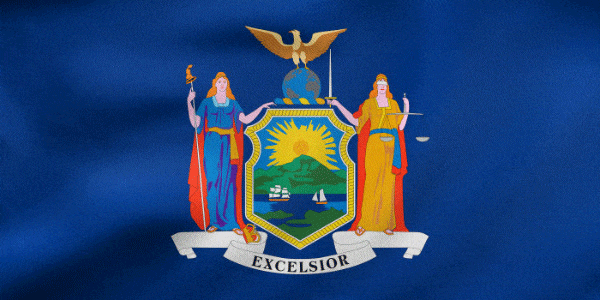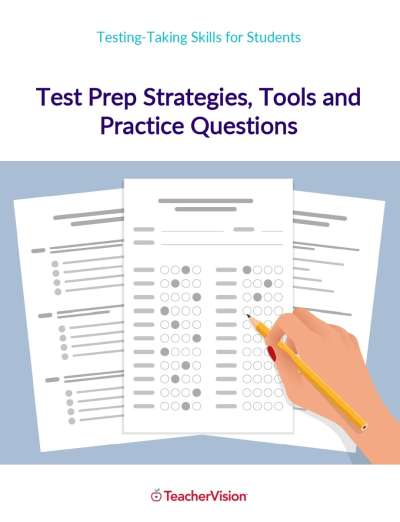 History Giovanni da Verrazano, an Italian-born navigator sailing for France, discovered New York Bay in 1524. Henry Hudson, an Englishman employed by the Dutch, reached the bay and sailed up the river now bearing his name in 1609, the same year that northern New York was explored and claimed for France by Samuel de Champlain. In 1624 the first permanent Dutch settlement was established at Fort Orange (now Albany). One year later Peter Minuit purchased Manhattan Island from the Indians for trinkets worth about 60 Dutch guilders and founded the Dutch colony of New Amsterdam (now New York City), which was surrendered to the English in 1664. New York's extremely rapid commercial growth may be partly attributed to Gov. De Witt Clinton, who pushed through the construction of the Erie Canal (Buffalo to Albany), which was opened in 1825. Today, the 641-mile Gov. Thomas E. Dewey Thruway connects New York City with Buffalo and with Connecticut, Massachusetts, and Pennsylvania express highways. Two toll-free superhighways, the Adirondack Northway (linking Albany with the Canadian border) and the North-South Expressway (crossing central New York from the Pennsylvania border to the Thousand Islands), have been opened. The great metropolis of New York City is the nerve center of the nation. It is a leader in manufacturing, foreign trade, commerce and banking, book and magazine publishing, and theatrical production. A leading seaport, its John F. Kennedy International Airport is one of the busiest airports in the world. New York is also home to the New York Stock Exchange, the largest in the world. The printing and publishing industry is the city's largest manufacturing employer, with the apparel industry second. Nearly all the rest of the state's manufacturing is done on Long Island, along the Hudson River north to Albany, and through the Mohawk Valley, Central New York, and Southern Tier regions to Buffalo. The St. Lawrence seaway and power projects have opened the North Country to industrial expansion and have given the state a second seacoast. The state ranks seventh in the nation in manufacturing, with 586,400 employees in 2005. The principal industries are printing and publishing, industrial machinery and equipment, electronic equipment, and instruments. The convention and tourist business is also an important source of income. New York farms produce cattle and calves, corn and poultry, and vegetables and fruits. The state is a leading wine producer. Major points of interest are Castle Clinton, Fort Stanwix, and Statue of Liberty National Monuments; Niagara Falls; U.S. Military Academy at West Point; National Historic Sites that include homes of Franklin D. Roosevelt at Hyde Park and Theodore Roosevelt in Oyster Bay and New York City; the Women's Rights National Historical Park in Seneca Falls; National Memorials, including Grant's Tomb and Federal Hall in New York City; Fort Ticonderoga; the Baseball Hall of Fame in Cooperstown; and the United Nations, skyscrapers, museums, theaters, and parks in New York City.
|
New York
Read this profile of New York to learn about the state's history, points of interest, and government. Also find interesting facts about each state, including the state's motto, symbols, and when it entered the union.





